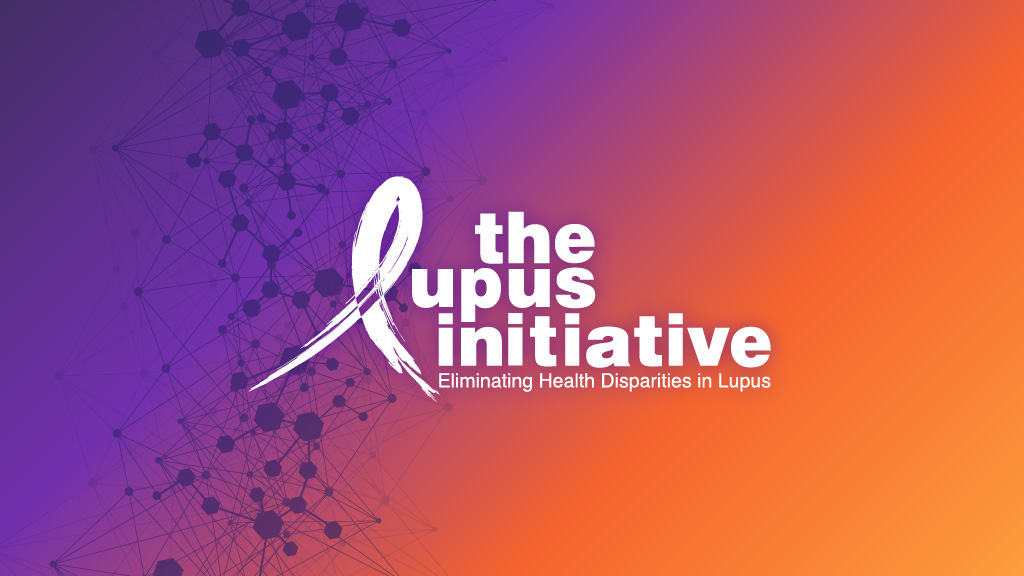
Lupus Activity IV: Identifying & Managing Lupus Flares
Activity Information
Assess your rheumatology medical knowledge and enhance your patient care. With the Lupus Virtual Provider Education Series you receive:
- Online educational activity, multiple-choice questions with in-depth answer rationales
- Activity topics include recognizing the signs and symptoms of lupus, lab testing, lupus flares, lupus nephritis, lupus and pregnancy, laboratory testing, medications management, and preventative care and maintenance
- 1.00 AMA PRA Category 1 Credits™ with a passing score of 80% or higher
Target Audience
Frontline healthcare providers with the following credentials: MD, DO, PA, and NP
Learning Objectives
Upon completion of this activity, participants should be able to do the following:- Recognize signs and symptoms that may indicate a lupus flare
- Utilize high-yield lupus-specific questions and physical examination findings to help confirm a lupus flare or make a lupus flare less likely
- Identify high acuity signs and symptoms that may warrant hospital admission
Registration Information
This activity is part of the Lupus Virtual Provider Educator Series. Click Add to Cart to purchase this activity a la carte, or click here to purchase the full curriculum.
Registration is complimentary.
CME Information
Accreditation Statement
The American College of Rheumatology is accredited by the Accreditation Council for Continuing Medical Education to provide continuing medical education for physicians.
Designation Statement
The ACR designates this enduring activity for a maximum of 1.00 AMA PRA Category 1 Credit(s)™. Physicians should claim only the credit commensurate with the extent of their participation in the activity.
Faculty and Disclosures
ACR Disclosure Statement
It is the policy of the American College of Rheumatology (ACR) to ensure that Continuing Medical Education (CME) activities are independent and free of commercial bias. To ensure educational content is objective, balanced, and guarantee content presented is in the best interest of its learners' and the public, the ACR requires that everyone in a position to control educational content disclose all financial relationships with ineligible companies within the prior 24 months. An ineligible company is one whose primary business is producing, marketing, selling, re-selling or distributing healthcare products used by or on patients. Examples can be found at accme.org.
Nature of Financial Relationships
Faculty participating in an ACR-sponsored activity must disclose to the planning committee and audience all financial relationships with ineligible companies any financial or other relationship(s) with a ineligible company including, but not limited to:
- Advisor or review panel member
- Consultant
- Employee
- Officer or Board Member
- Grant/research support
- Speaker/honoraria includes speakers bureau, symposia, and expert witness
- Independent contractor
- Ownership Interest
- Royalties
- Intellectual property/patents
- Stock options or bond holdings in a for-profit corporation or self-directed pension plan
- Other financial or material support
None: Has no relevant financial relationship(s) with ineligible companies to disclose.
Authors
- Sam Lim, MD, MPH (Content Creator, Reviewer) - No relevant financial information to disclose
- Amanda Sammut, MD (Content Editor, Reviewer) - No relevant financial information to disclose
Content Reviewers
- Ben Smith, PA-C - 6
- Kori Dewing, DNP, ARNP - No relevant financial information to disclose
- Janet Jolly, NP - No relevant financial information to disclose
Acknowledgement of Support
This activity is not corporate-sponsored.
This project is supported by the Centers for Disease Control and Prevention (CDC) of the U.S. Department of Health and Human Services (HHS) as part of a financial assistance award totaling $7 million dollars with 100 perfect funded by CDC/HHS. The contents are those of the author(s) and do not necessarily represent the official views of, nor an endorsement, by the CDC/HHS, or the U.S. Government.